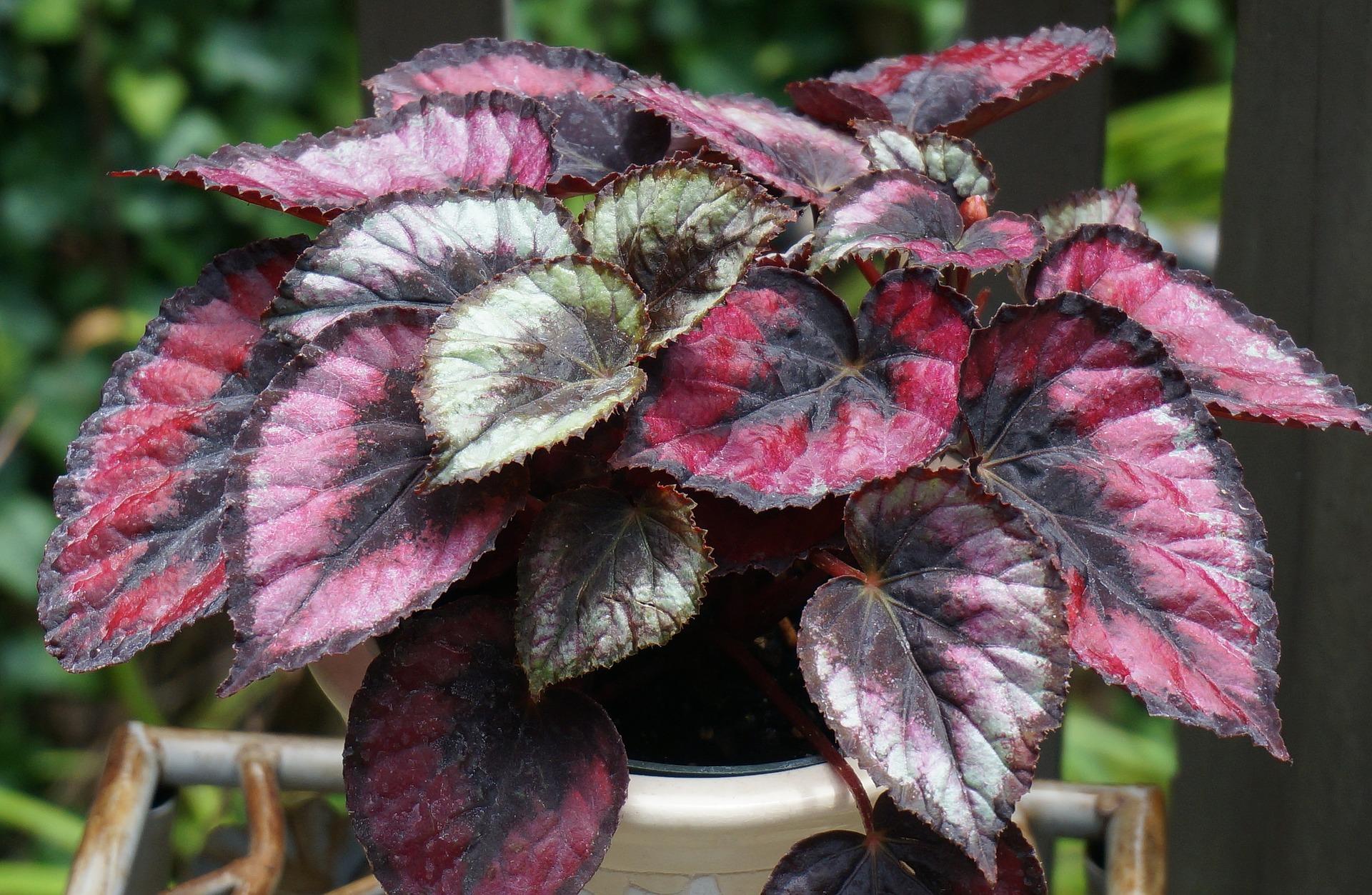Keep houseplants healthy with optimal temperatures and humidity
Temperature
Excessively low or high temperatures may stop growth or cause a spindly appearance, foliage damage, leaf drop, or plant failure. However, most indoor plants tolerate normal temperature fluctuations.
-
In general, foliage indoor plants grow best between 70° and 80°F during the day and from 60° to 68°F at night;
-
Most flowering indoor plants prefer the same daytime range but grow best at nighttime temperatures of 55° to 60°F;
-
A good rule of thumb is to keep the night temperature 10 to 15°F lower than the day temperature to induce physiological recovery from moisture loss, intensify flower color, and prolong flower life; and
Indoor plants, especially flowering varieties, are sensitive to drafts or heat from registers. Protect them from sudden, brief changes in temperature. Do not locate your indoor plants near heat or air conditioning sources.
Humidity
-
Most indoor environments lack sufficient humidity for healthy indoor plants, particularly in the winter.
-
With the exception of the cacti and succulents, all indoor plants benefit from treatments to raise the humidity in their vicinity.
-
It is questionable whether misting plants really increases humidity. If you decide to do so use tepid water and do not mist the leaves of plants with fuzzy leaves like African violets. Mist early in the day so the leaves dry before evening.
-
An alternative is to place pots on a tray filled with pebbles and water to increase humidity in the area around the plants.
-
If you group plants together in a room, they will collectively raise the humidity in their area. An automatic humidifier can provide extra humidity for plants and people in the home.
